As a child, Yael dropped her religious inclinations because the promises of her grandfather and the Chabad ladies weren’t coming true. Now she knows she can have a spiritual life that is not religious. Yael loves the arts and feels she was meant to work in an avant-garde, experimental way. Her practice spans internet art, wall sculptures, text, and jewelry. Her favorite place on earth is in her husband’s embrace and she believes the East Village is the best place to have a culinary adventure.
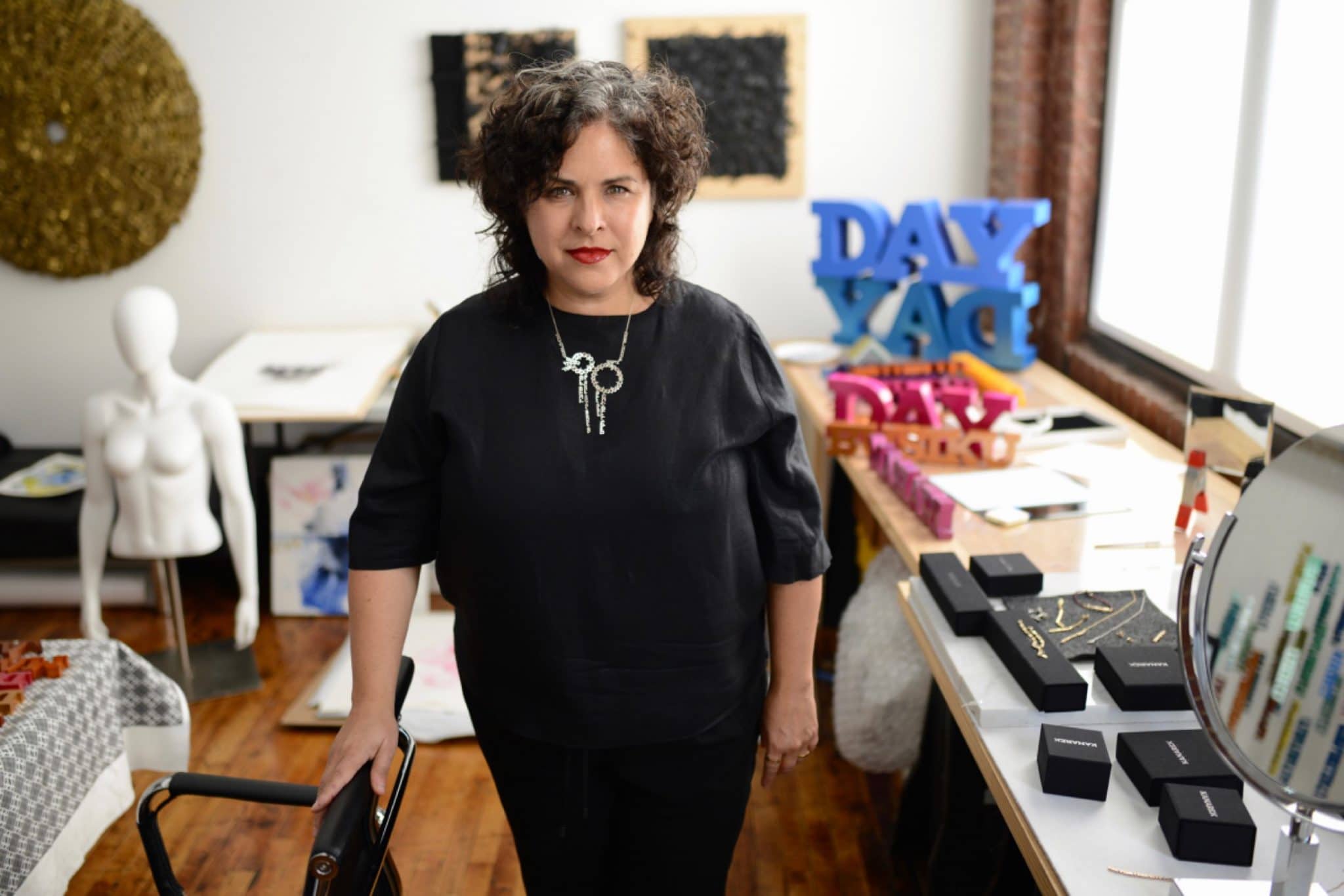
Is there a story behind the meaning of your name?
I was given the name Yael because it begins with the same first letter as my maternal grandfather’s mother’s name. Her name was Yehudit, “Judith,” and she passed away when he was young.
Yael means “mountain goat” or “ibex.” It also refers to Yael from the Book of Judges who kills Sisera, the commander of the enemy.
Yael was celebrated as a heroine.
If you study the Hebrew letters of my name, the first letter, yud, means “hand.” The second letter, ayin, means “I” and “eye.” The last letter, lamed, is the word for “goad,” a stick to guide the herds; it’s also the root for teaching and learning. So, I have hand, eye, teach, and learn. I like that. My last name means “canary” in Polish or Czech.
If you translate my name from Hebrew and Polish to English, it means a “mountain goat canary.”
Where and who do you come from?
I’m Eastern European on both sides. My maternal grandparents met where they grew up in Lithuania, and they fled to Uzbekistan when my grandmother became pregnant. My paternal grandparents were raised in Berlin and Hamburg. They met in Berlin and married there. One side of the family went to Israel after the war, and the other side went to New York before the war. Most of my maternal grandmother’s family was lost in the Holocaust.
My brother, uncle, and I recently visited the tiny two-street Lithuanian town that my grandmother grew up in. There’s no memory of Jewish life except for a mass grave, which is about two minutes into the forest.
That’s where I was confronted with the horror of the Holocaust.
My paternal grandmother was very much into the arts. She painted, sang, and played piano and was a voice and piano teacher. She also wrote poetry. My mother, who also loves painting, introduced me to contemporary arts at a young age.
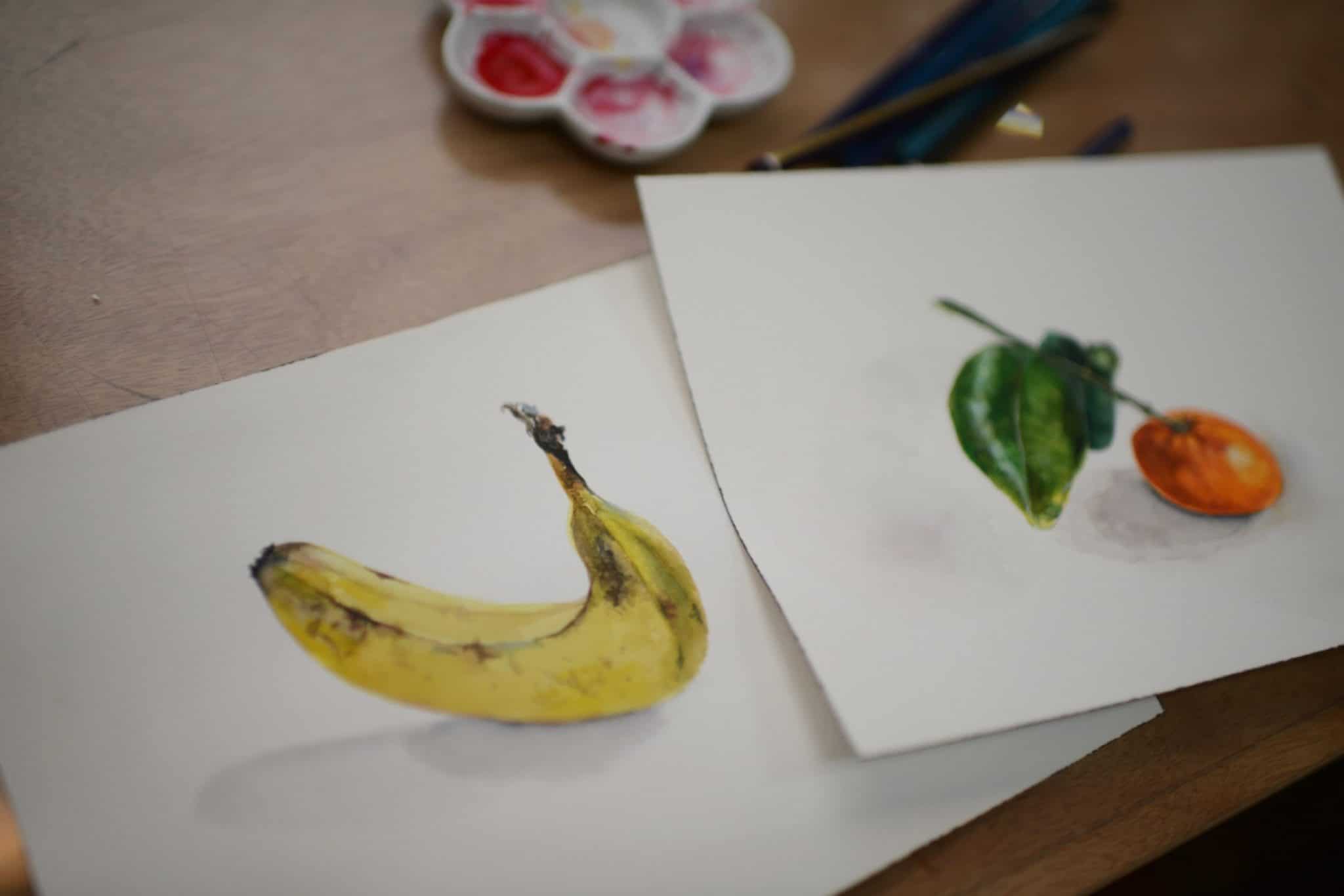
What about your own beginnings?
I was born in New York, and we moved to Israel when I was three. It was enough to create a very dramatic event in my life. By this age, a child has a sense of where they are, they have language, they understand their environment, they develop a connection and an attachment to that environment.
A new world was introduced to me that was very, very different.
That transition defined who I am and what I do, especially with language. I work a lot with multiple languages, the gaps between them, and the fluidity of meaning around language.
I grew up in a suburban neighborhood surrounded by orchards. It was a very small neighborhood, and there were only 40 kids from kindergarten to eighth grade. I went to a magnet high school for the arts in a nearby city. That’s where my world started to expand in a significant way.
How did Judaism play a role in your upbringing?
My paternal grandfather was religious, and I used to go to synagogue with him. I would sit with my grandfather and pretend to be praying because I couldn’t read yet. My grandfather didn’t want me to go out to the playground. He told me that if I sat with him and was a good girl, they would call me up to hold the Torah. That did not happen, because it was an Orthodox synagogue in Israel. When I asked my grandfather why they didn’t call me, he said: “They called you. You weren’t paying attention.” Years later, I understood that he lied to me!
I had a religious inclination when I was eight or nine.
Chabad missionaries came to our class and gave us little bags with 30 agorot in them, telling us that, if we prayed every day, we’d get anything we wanted. I really wanted a bicycle for Yom Kippur because, in Israel, you ride your bike on Yom Kippur. It didn’t work. I dropped it after a while because the promises were not coming true.
As a teenager, I started to explore, trying to find spirituality and what it meant to me. My yearning and desire were especially awakened after reading Siddharta by Hermann Hesse. I was 15 and realized there are other ways to live in the world beyond the lifestyle that I grew up with.
For many years, it wasn’t clear to me that we can have a spiritual life that is not a religious life.
When I was growing up in Israel, either you were secular or you were Orthodox.
When I came to New York in 1991, I visited Reform and Conservative synagogues. I thought to myself: “Why am I in a church? Why is it called Judaism?” It was so foreign to my experience. Over time, I came to appreciate the greater variations of Judaism available in the U.S. I always felt attracted to the texts.
When did your practice as an artist begin?
My initial training began at that magnet school for the arts in Israel. The first practice I developed was portrait painting, and I did a couple of exhibitions and projects when I was in my early 20s where I painted and drew Israeli celebrities, politicians, and artists. Portraiture taught me how to develop a discipline, because nobody is going to be kind to you if they are uncomfortable with their representation. When it comes to a portrait, it’s so personal and intimate that you’re going to hear their thoughts immediately. That practice was very valuable for me.
I also got to draw and paint people from across the social spectrum of Israeli society. I learned a lot about cultural representation through portraiture. I painted the portrait of the President of Israel, Chaim Herzog, and, later, another portrait of his wife, Aura Herzog. I got to present the portraits to them.
By the time I came to New York in 1991, I embarked on other work to try to find my voice. When the Internet became available in 1995, I started practicing internet art. That brought my work to the Whitney Biennial in 2002. It was revolutionary and is still is in so many ways, even 20 years later. I think it is a fascinating medium for art-making. I love teaching it to artists at Pratt Institute.
I felt I was meant to work in a truly avant-garde way, at the forefront, in this experimental mode.
I’m always trying to forge into areas that are fresh and to do something different.
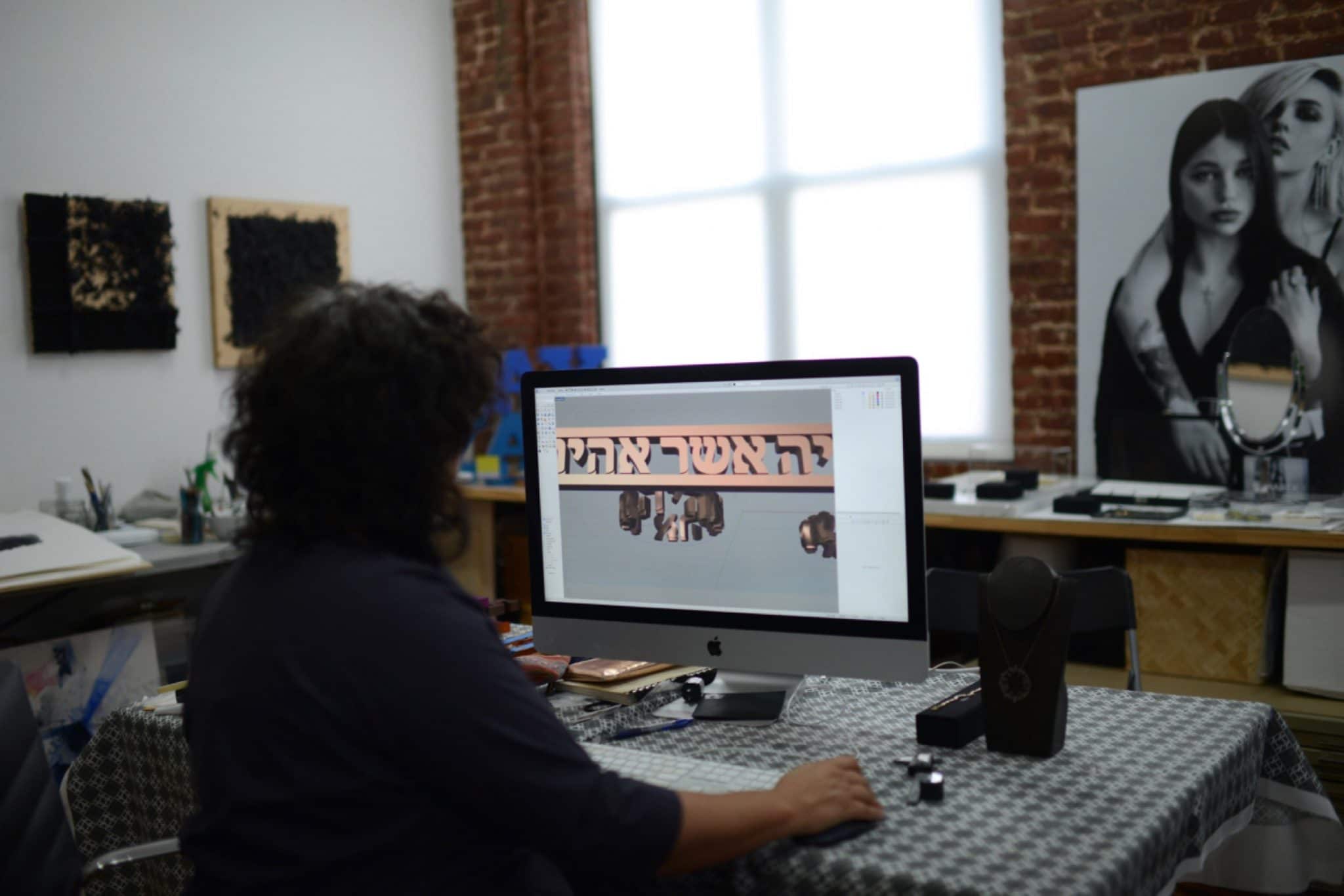
How did the creation of the internet expand your world as an artist?
First of all, the medium was completely new. Suddenly, you’re having ongoing conversations with people across the globe. Also, the art world was very dependent on the network built through galleries and museums then. With the internet, I could make the work, upload it, and share it with likeminded people. That was extraordinarily refreshing. It opened conversations for me with other people in downtown New York, outside of the fine arts circle: people who were exploring the new technology, people coming in from design, people coming from music, people coming from performance. It was such an exciting time to look into something that still had no standards.
It was so obvious that a cultural tsunami was about to happen.
What are your thoughts on the internet today?
Over the years, we’ve seen a bombardment of information that is now forcing us to have tunnel vision. What we’ve been learning and seeing since the last election is that it’s becoming more and more difficult to be clear about what is real and what is not, especially when bots can manipulate and control public opinion very effectively.
The innocence and excitement of global communication is entering a critical moment.
All of us are now in a maturing phase. On the one hand, we want connection, and, on the other hand, we’re affected by algorithms and robots. When the internet started, we only accessed it on computers. We didn’t have smartphones, so we had a lot of time off. We don’t have time off any more, it’s continuous and constant.
Now we need to figure out, how do we manage the time that we give to it? How do we take breaks and wean ourselves from intensive addiction to continuous information? It feels like culture in overdrive.
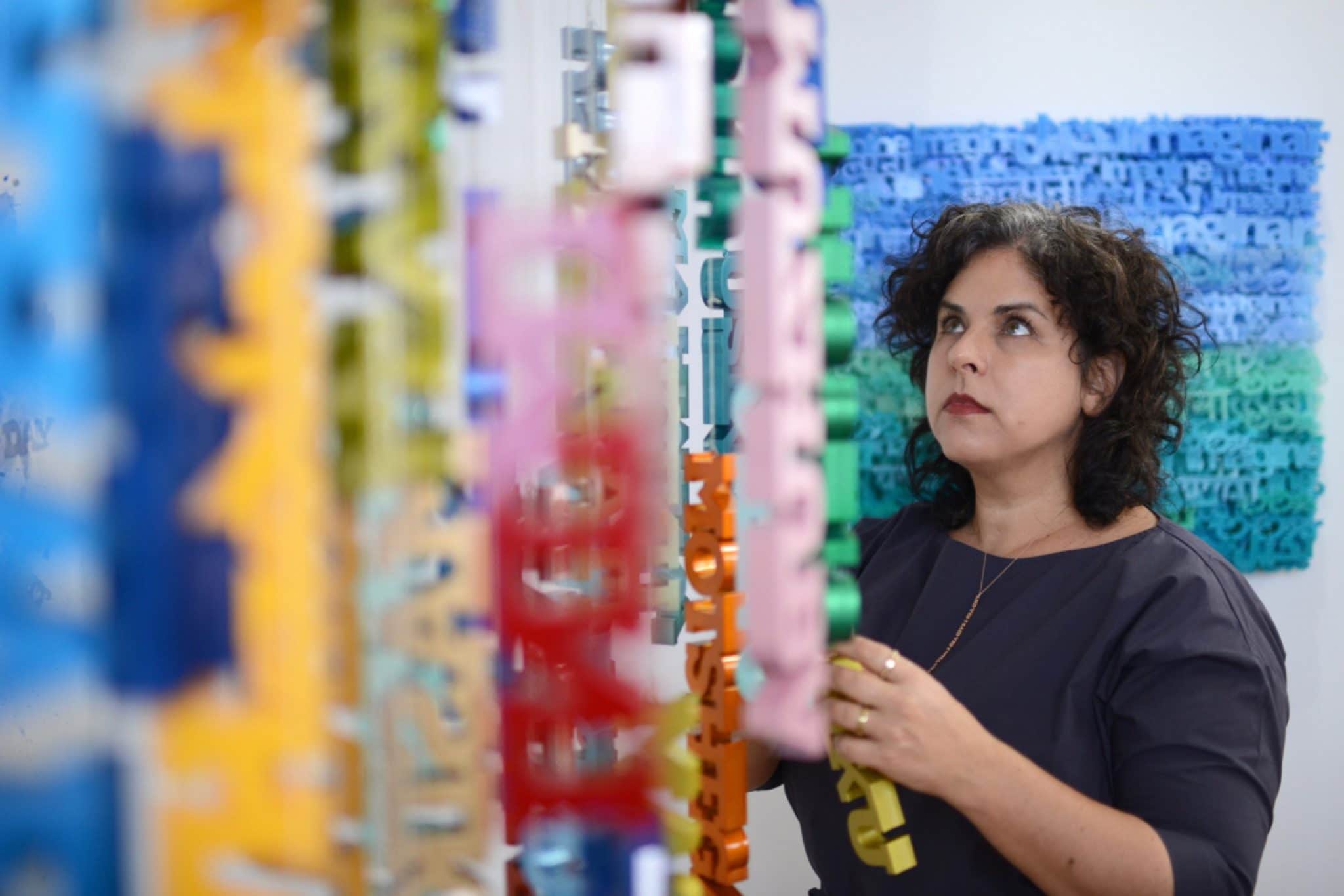
What are you working on now?
I’m very excited about the The Regendered Scriptures Project. Along with a small group of terrific people, I’m rewriting the Old and New Testaments by reversing the genders of all their characters. Familiar stories will now be read through a lineage of mothers and daughters that are in relationship to the goddess THWH Elohin. This “small” technical change in the text is striking.
When I started to seek a spiritual life within Judaism, I came across a rabbi in Israel who teaches practical Kabbalah online. I became hungry for it. I found in it a depth of wisdom I didn’t know existed in Judaism. It took a long time for me to understand the Kabbalistic language of roots and branches. When I was several years into the practice, I felt that I had reached an impasse. All the sacred books are written from men’s experiences and perspectives. I felt that, as a woman, I had no access to the intimacy of these teachings.
For thousands of years there, were no sacred texts written by women for women. How is that possible?
One poem from the third century called “The Thunder: Perfect Mind” speaks in the voice of a divine woman. It was the first time I read a sacred text that I could spiritually identify with. It outlines a woman’s social relationships and explores feminine spirituality through opposites. For example,”For I am knowledge and ignorance…I am war and peace.” It taught me where to locate my spiritual intention.
In Genesis 1:26-27, God creates the Adam in his image. I thought, “That is intimate knowledge between the Adam and God.” I could never really experience it until I regendered the verses: “And Elohin created the Eve in her own image. In the image of Elohin, She created her; female and male, She created them.” For the first time, an intimate experience of the Creator was possible through a natural identification with “The Eve.” It felt effortless.
Regendering the Scriptures opened up a much wider experience of these archetypal stories. At one of the group readings that we hold periodically, I learned to read the expulsion from Eden as a birthing story. The “sin,” or the ability to discern, is an inevitable part of growing. For the Elohin to live, the humans needed to go into the world. There is such an amazing opportunity for vibrant commentary to emerge around the Regendered Scriptures, in dialogue with the breadth and depth of the wisdom men have been developing all these years, but not as subordinate wisdom.
This project is possibly the most valuable contribution that I can make toward society. I’m hoping this will start a movement to regender all sacred texts of world religions. It’s time to build a body of women-centered sacred mythologies. I need these books.
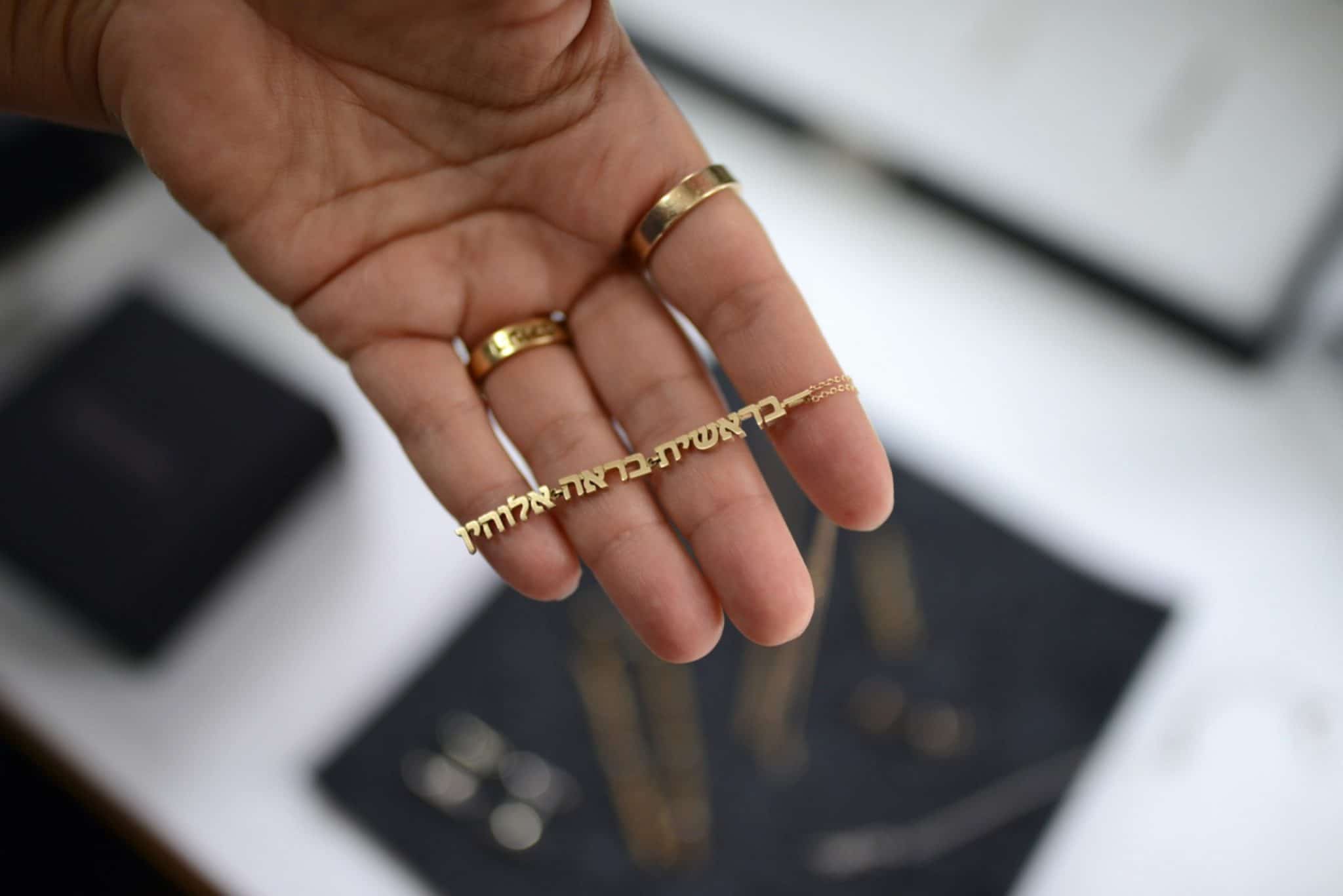
You work in many different media. What inspired your jewelry collection?
I started thinking about language in physical terms.
For fifteen years, I worked on a project called “World of Awe.” It’s based on a story of a traveler who searches for lost treasure in a parallel world called Sunset/Sunrise. This narrative has taken many forms, one of which is internet art. I decided to create the third chapter in English, Hebrew, and Arabic to study the semantic landscape of my childhood. That got me thinking about the multilingual space and how languages touch each other, affect each other, and form each other.
In the process, I started to look into how to take elements from this online story and bring them into physical space. I started working on wall pieces. I wanted to hang words cut out of rubber using a laser cutter. Then, I was looking for silver chains to hang those words. That’s when I made the first pendant, which reads, “I found the key to extreme beauty,” from one of the love letters: “I found the key to extreme beauty, but not the keyhole. I tried it in all the holes of my body, but none seemed to fit. Yours forever, your Sunset/Sunrise, forever yours.”
I started wearing it, and women started to ask about it.
I liked the idea that the body became the stage.
Language on the wall is public, language on the body is more intimate. Jewelry is particularly interesting because it becomes very personal. It has this heirloom potential, where you pass it down the generations, which makes it even more special. I like being part of that, particularly when someone orders a piece for someone dear. They bring language that is very personal and meaningful.
The next collection we’re going to start working on is the Spanish collection with a native Spanish speaker. I have a very warm place in my heart for literature and poetry from Latin America, like Jorges Luis Borges and Gabriel Garcia Marquez.
Are there any particular pieces or sayings that mean the most to you?
“Bereshit bar’ah Elohin,” “In the beginning, Elohin created,” is my everyday necklace.
“Come, said my soul” is another one. It’s the first line from Leaves of Grass: The “Death-Bed” Edition.
I love the last line from Ulysses: “And yes I said, yes I will, yes,” and, of course, “Yehi or,” “Let there be light.” A new addition to the Jewish Life collection is “Ehyeh asher ehyeh,” “I may be who I may be.” This is what God says to Moses in front of the burning bush after Moses asks: “Who are you?” Another new adition is “Olam Chesed Yibaneh,” “A world shall be built from compassion.”
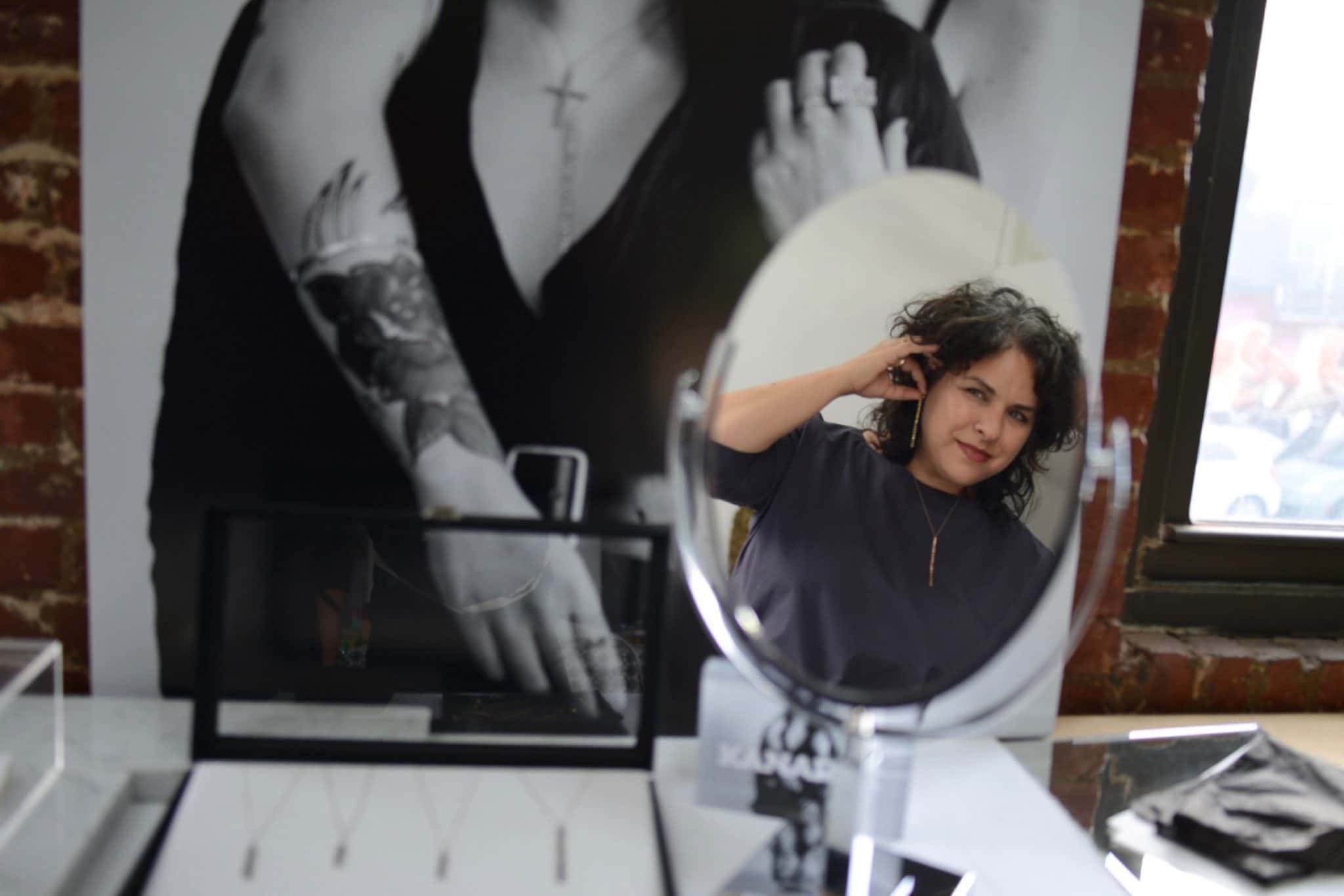
What is something that you have not figured out yet?
As an artist, you always live on the edge. Nothing is ever figured out. I’m always in the process of becoming. My personality is that of the wanderer, so there’s always the next hill to climb. I haven’t figured out the meaning of life yet.
Is there anything that you know to be true?
I find meaning in the very loving relationship I have with my husband.
What is your favorite place on earth?
My husband’s embrace and New York City.
What is something that works for you and your husband as a team?
We both need a lot of freedom to pursue the things that are meaningful to us. We never question that. But, meeting at the end of the day is the happiest.
We can be there for each other. We are very open and comfortable expressing our love. We are really excited about what the other is doing. He is also in the arts: he is an actor, a photographer, and a political activist. He is very passionate. He loves people, and I’m learning from him how to be more comfortable around people. A big part of me is introverted. I’m very comfortable sitting by myself in the studio working all day. Then it can be a little odd to go out in public. I get to learn from him in that way and be inspired.
What is your favorite meal?
We live in the East Village, which is food heaven. I can choose from great restaurants within a two-block radius. My morning coffee and pastry come from Abraço, the local coffee shop that has become our community center and our extended family.
The East Village is an amazing neighborhood to go on culinary adventures.
What or who inspires you?
Right now, I am highly inspired by the work of Hilma af Klint. There is currently a big exhibition at The Guggenheim. The work was created in the early 20th century but was kept secret for a long time.
That is what was so mind-blowing about her work; she preceded the abstract painters, so we’re now in the process of rewriting art history. She was doing things that were never seen before, that she had never seen before. That we have that capacity as humans to call for inspiration beyond our knowledge base is really exciting to me.
What is next for you?
I just completed a large-scale, hanging sculpture for the new U.S. embassy in Harare, Zimbabwe. The sculpture is made out of the words “day” and “night” in the 19 languages spoken in Zimbabwe.
Last year, I visited Zimbabwe on a cultural exchange trip through the Art in Embassies program to meet linguists from several universities around the country. The sculpture celebrates diversity. In the future, I hope to make a piece with the languages spoken in the U.S. and another project that celebrates the languages spoken in Jerusalem.
Photos by Gili Getz. Edited by Becca Stoltz.
Thank you for visiting Arq!
Arq is no longer publishing new content. We hope you'll enjoy our archived posts.